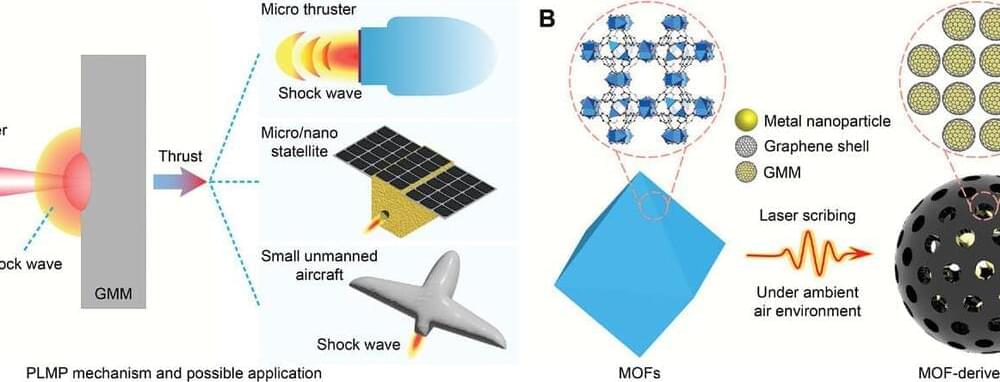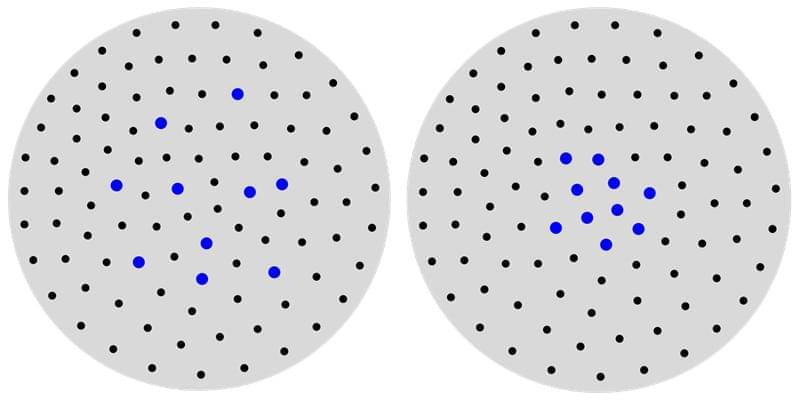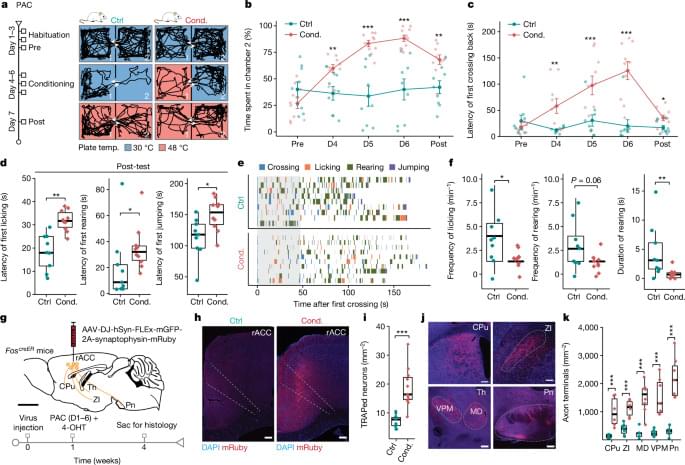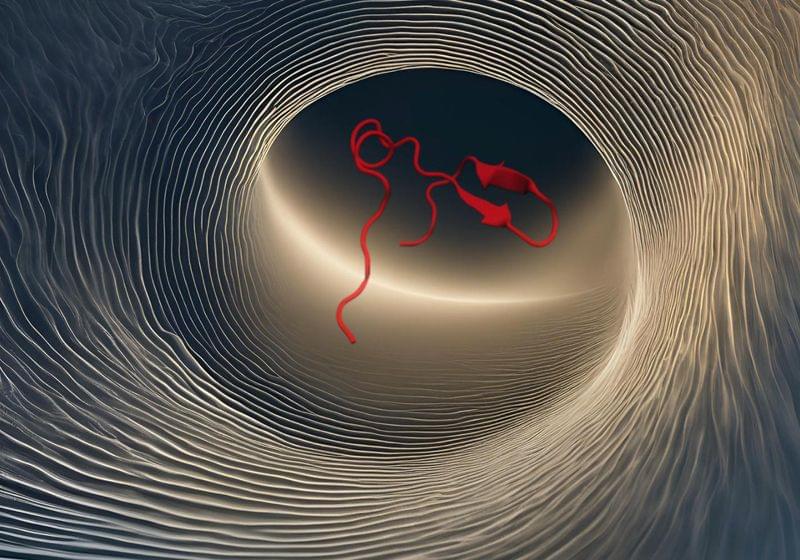Our brains constantly retouch the past with the colors of the present, putting a fresh version of ourselves on display.
Our brains are not designed to give us the entirety of reality.
Remembering is dominated by the perspective we have in the moment.
Insights in 2023’s Why We Remember by Charan…
Understanding that memories are interpretations can transform you.





